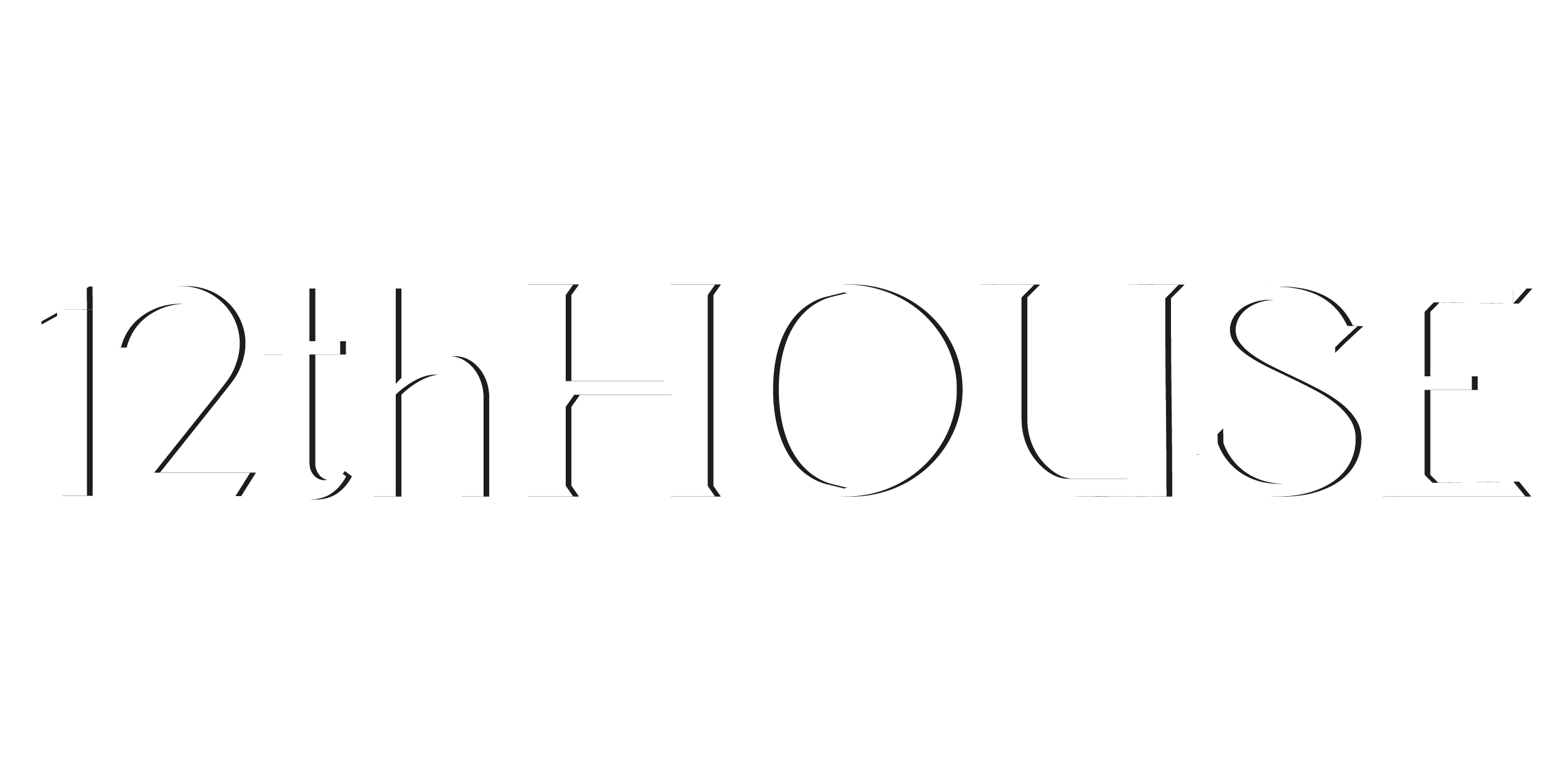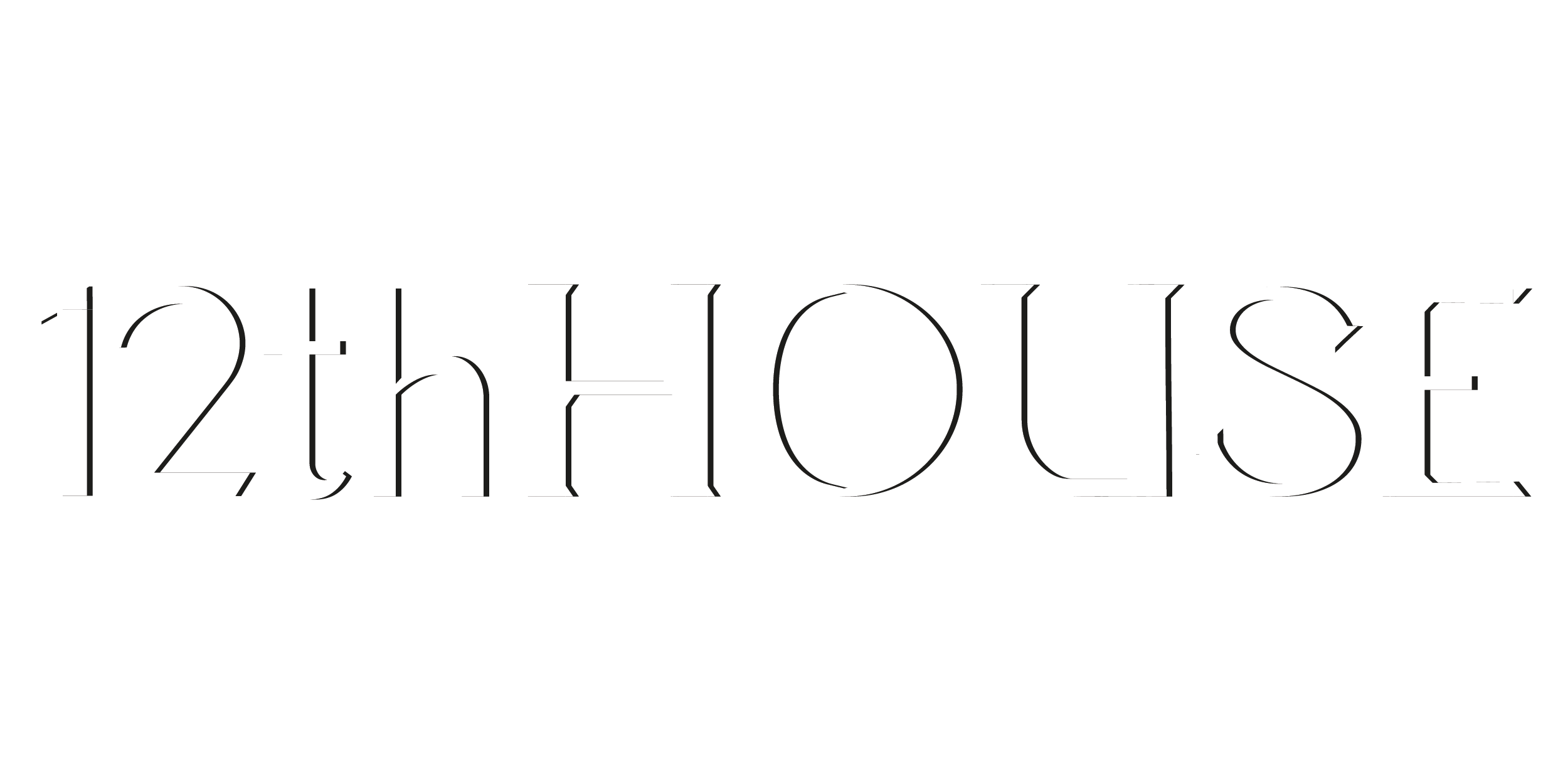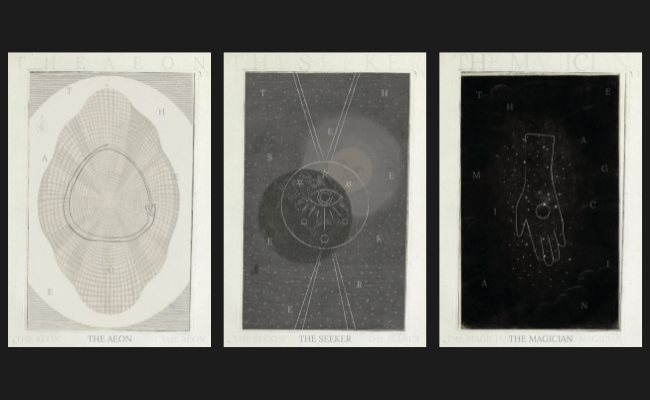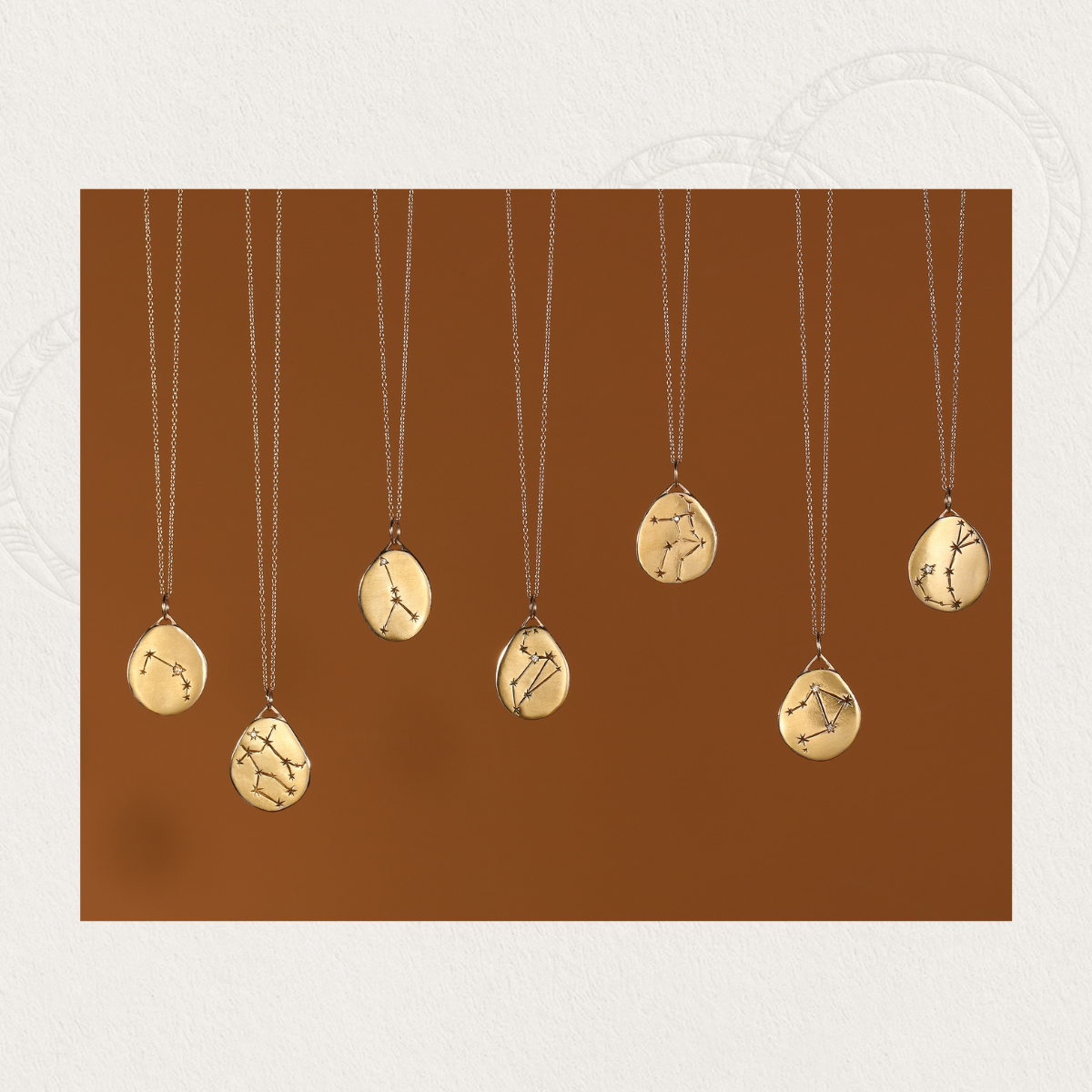
Understanding the Zodiac, Planetary Positions, Aspects, Houses, and Birth Charts
Astrology: An Ancient Practice That Endures Today - A Comprehensive Guide to the History, Key Concepts, and Applications of this Timeless Art
In this article, we will delve into the key concepts of astrology and how they are used to understand a person's personality and predict their future. From the zodiac and the planetary positions to the aspects, houses, and birth chart, we will explore the many facets of this ancient and enduring practice. With roots dating back to ancient civilizations in Mesopotamia, Egypt, and Greece, astrology has a rich history and has evolved over the centuries to take many different forms, including Western, Chinese, and Indian astrology. Whether you are a beginner or an experienced astrology enthusiast, this guide will provide you with a comprehensive understanding of the practice and how you can use it in your own life.
Diving into Astrology: A Comprehensive Guide to the History, 5 Key Concepts, and Applications
Astrology is an ancient practice that involves the study of the positions and movements of celestial bodies, such as the sun, moon, and planets, in order to understand human affairs and natural phenomena. It has a long and rich history, with roots dating back to ancient civilizations in Mesopotamia, Egypt, and Greece. Over the centuries, astrology has evolved and taken many different forms, with various astrological traditions emerging around the world, including Western, Chinese, and Indian astrology.
Despite its ancient origins, the craft of astrology remains relevant today, with many people using it as a tool for self-discovery and personal growth. At its core, astrology is based on the study of the positions of celestial bodies at the time of a person's birth and can reveal important insights into their personality, their strengths and challenges, as well as their future path in life.
In this article, we will delve into the zodiac, the planetary positions, the aspects, the houses, and the birth chart - all of which play important roles in personal astrology. Whether you are a beginner or you have been studying astrology for a while, this article will provide you with a thorough and detailed introduction to the practice, helping you to better understand how astrology works and how you can use it in your own life.
Part 1: Understanding the Zodiac
The zodiac is a circle that is divided into 12 sections, known as signs, each named after a constellation. The signs are Aries, Taurus, Gemini, Cancer, Leo, Virgo, Libra, Scorpio, Sagittarius, Capricorn, Aquarius, and Pisces. Each sign has its own characteristics and traits that are believed to be influenced by the positions of the celestial bodies at the time of a person's birth.
The concept of the zodiac can be traced back to ancient civilizations in Mesopotamia and Egypt, where the movements of the celestial bodies were observed and recorded for purposes such as predicting eclipses and calculating the calendar. The zodiac as we know it today, however, is largely based on the work of the ancient Greek astronomer, Ptolemy, who compiled and organized the astrological knowledge of his time in his work, the Tetrabiblos.
According to astrology, each sign of the zodiac is associated with certain characteristics and traits that are thought to be influenced by the positions of the celestial bodies at the time of a person's birth. For example, Aries is associated with boldness and leadership, while Taurus is associated with stability and practicality. Understanding the characteristics and traits of each sign can provide insight into a person's personality and how they are likely to behave in different situations.
In addition to the characteristics and traits of each sign, the zodiac is also used in astrology to predict a person's future somewhat. Astrologers believe that the positions of the celestial bodies at the time of a person's birth can reveal important insights into their future path in life, including their career, relationships, and personal growth.
Part 2: The Significance of Planetary Positions
The positions of the celestial bodies at the time of a person's birth are known to be significant and have an influence on their personality and their path. The Sun, Moon, Mercury, Venus and Mars are the most commonly studied celestial bodies in astrology, and each is associated with personal characteristics and energies.
The Sun is the most important celestial body in astrology, as it is believed to represent the core of a person's being, their Ego and their identity. The position of the Sun at the time of a person's birth is thought to reveal important insights into their character and their sense of self.
The Moon is also significant, as it is associated with a person's emotional nature and their unconscious mind. The position of the moon at the time of a person's birth is thought to reveal important insights into their inner emotional life and how they respond to their environment.
The planets are believed to represent very specific aspects of a person's personality and their life experience. Each planet is associated with different energies and characteristics, and the position of each planet at the time of a person's birth is thought to have an influence on their personality and their future. For example, the planet Venus is associated with love, beauty, and relationships, while the planet Mars is associated with aggression, ambition, and drive.
Part 3: The Power of Planetary Aspects in Astrology
In astrology, aspects are the mathematical angles that the planets form with each other in the sky. These angles are thought to have specific meanings and influence on a person's life and their relationships with others.
There are several different types of aspects that are commonly calculated in astrology, each with its own meaning and influence.
Some of the most common aspects include:
- the conjunction, occurs when two planets are aligned in the same sign
- the opposition, occurs when two planets are aligned in opposite signs
- the trine, occurs when two planets are aligned three signs apart
Aspects are believed to have a strong influence on a person's personality and their relationships with others. For example, a conjunction aspect between two planets is thought to bring the energies of those planets together in a harmonious way, while an opposition aspect is thought to create tension and conflict between the energies of the two planets.
In addition to the meanings and influences of specific aspects, astrologers also consider the strength and weakness of an aspect. An aspect that is considered "strong" is thought to have a greater influence on a person's life, while an aspect that is considered "weak" is thought to have a less significant influence.
Part 4: The Astrological Houses: A Comprehensive Guide to the Meanings and Influences of the 12 Houses in Astrology
In astrology, the sky is divided into 12 sections like a delicious cosmic pizza, known as houses, which are thought to represent different themes of a person's life. The houses are numbered from 1 to 12, with the first house representing the Self, the second house representing possessions and material matters, and so on.
The positions of the celestial bodies at the time of a person's birth are thought to be significant in relation to the individual houses, with each planet occupying a specific house and influencing the matters of that house. For example, the planet Venus occupying the fifth house might indicate a person who is artistic and romantic, while the planet Mars occupying the eighth house might indicate a person who is intense and transformational. Some houses will not have a planet residing in there but it doesn’t mean that house is ‘empty’, but rather that it is occupied by the zodiac sign that is there.
The astrological houses are such an integral part of the birth chart, providing insight into the different areas of a person's life and how they are influenced by the celestial bodies at the time of their birth. Each house is also associated with a specific sign of the zodiac and is thought to represent a particular type of energy as well.
For example, the first house, associated with the sign of Aries, represents the self and is thought to influence a person's identity, physical body, and personal appearance. This means that the positions of the celestial bodies in the first house of a person's birth chart might reveal important insights into their personality and how they present themselves to the world.
The second house, associated with the sign of Taurus, represents possessions and material matters. This means that the positions of the celestial bodies in the second house might reveal important insights into a person's financial resources, values, and sense of security.
The third house, associated with the sign of Gemini, represents communication and is thought to influence a person's relationships with siblings and neighbors, as well as their communication style and mental abilities. For example, someone with a strong third house might be highly analytical and excel in fields that require strong communication skills, such as journalism or teaching.
A comprehensive list of the zodiacal houses and their meanings:
The First House: The first house represents the self and is associated with the sign of Aries. It is thought to represent a person's identity, their physical body, and their personal appearance.
The Second House: The second house represents possessions and material matters and is associated with the sign of Taurus. It is thought to represent a person's financial resources, their values, and their sense of security.
The Third House: The third house represents communication and is associated with the sign of Gemini. It is thought to represent a person's communication style, their relationships with siblings and neighbors, and their mental abilities.
The Fourth House: The fourth house represents the home and is associated with the sign of Cancer. It is thought to represent a person's family life, their sense of belonging, and their emotional foundations.
The Fifth House: The fifth house represents creativity and is associated with the sign of Leo. It is thought to represent a person's creative expression, their love life, and their children.
The Sixth House: The sixth house represents work and is associated with the sign of Virgo. It is thought to represent a person's job and career, their health, and their daily routine.
The Seventh House: The seventh house represents relationships and is associated with the sign of Libra. It is thought to represent a person's partnerships, both personal and professional, and their ability to balance their own needs with those of others.
The Eighth House: The eighth house represents transformation and is associated with the sign of Scorpio. It is thought to represent a person's personal transformation, their death and rebirth, and their shared resources with others.
The Ninth House: The ninth house represents higher education and is associated with the sign of Sagittarius. It is thought to represent a person's higher learning, their belief system, and their ability to see the bigger picture.
The Tenth House: The tenth house represents career and is associated with the sign of Capricorn. It is thought to represent a person's professional life, their reputation, and their sense of accomplishment.
The Eleventh House: The eleventh house represents friendships and is associated with the sign of Aquarius. It is thought to represent a person's friendships, their hopes and wishes, and their involvement in groups and organizations.
The Twelfth House: The twelfth house represents the unconscious and is associated with the sign of Pisces. It is thought to represent a person's unconscious mind, mysticism and art, as well as their spiritual connection to the world.
In addition to the planets, the cusp (beginning) of each house is also thought to be significant in astrology. The cusp degree of a house is the point at which the house begins in the sky, and it is believed to represent the energy and influence of that house. Each house is 30° and the degree at which a planet resides within each house is also significant which can be explored as well.
Part 5: Understanding Your Birth Chart: Astrology for Personal Development
Have you ever seen your birth chart or natal chart? This is a graphical representation of the positions of the celestial bodies at the time of your birth. It's used in astrology to understand your personality and predict your future.
To create a birth chart, the positions of the celestial bodies at the time of your birth are plotted on a circular diagram known as the zodiacal wheel. The wheel is divided into 12 sections, called houses, which represent different areas of your life such as career, relationships, and personal growth. The positions of the celestial bodies at the moment of your birth are mapped out in relation to the houses; those planetary themes are believed to influence the matters of those houses.
In addition to the positions of the celestial bodies, a birth chart also includes information about the signs of the zodiac, the mathematical aspects between the planets, and the angles of the planets to the horizon and the meridian at the time of a person's birth. All of this information is used in astrology to understand a person's personality and understand patterns and recurring themes they may have this lifetime.
The Enduring Power of Astrology: A Conclusion
Astrology is an ancient practice that involves the study of the mathematical positions, patterns and movements of celestial bodies in order to understand human affairs and natural phenomena. It has a long and very rich history, with roots dating back to ancient civilizations in Mesopotamia, Egypt, and Greece. Over the centuries, astrology has evolved and taken many different forms across cultures, with various astrological traditions emerging around the world, including Western, Chinese, and Indian astrology.
In this article, we explored the key concepts of astrology and how they are used to understand a person's personality and predict their future. We delved into the zodiac, the planetary positions, the aspects, the houses, and the birth chart - all of which play important roles in astrology.
We hope that this article provided a thorough and detailed introduction to the practice of astrology, helping you to better understand how it works and how you can use it in your own life. While astrology has its limitations and criticisms, it remains a relevant tool for self-discovery and personal growth. As you continue to learn about astrology and explore its many facets, we encourage you to keep an open mind and approach it with curiosity and a sense of wonder.
As we look to the future of astrology, it is clear that it will continue to evolve and adapt to the changing needs of the people who use it. With its rich history and enduring intrigue, it is likely that people will always look to the stars as a tool for self-discovery and personal growth for many years to come.
References:
- Ptolemy, Tetrabiblos
- Hand, Robert, The Principles of Astrology (York Beach, ME: Samuel Weiser, Inc., 1994)
- Holden, James H., A History of Horoscopic Astrology (Tempe, AZ: American Federation of Astrologers, Inc., 1996)
- Hand, Robert, The Principles of Astrology (York Beach, ME: Samuel Weiser, Inc., 1994)
- Holden, James H., A History of Horoscopic Astrology (Tempe, AZ: American Federation of Astrologers, Inc., 1996)
- Roberts, Janine, Your Astrological Guide to Self-Discovery (New York, NY: Simon & Schuster, Inc., 1998)













